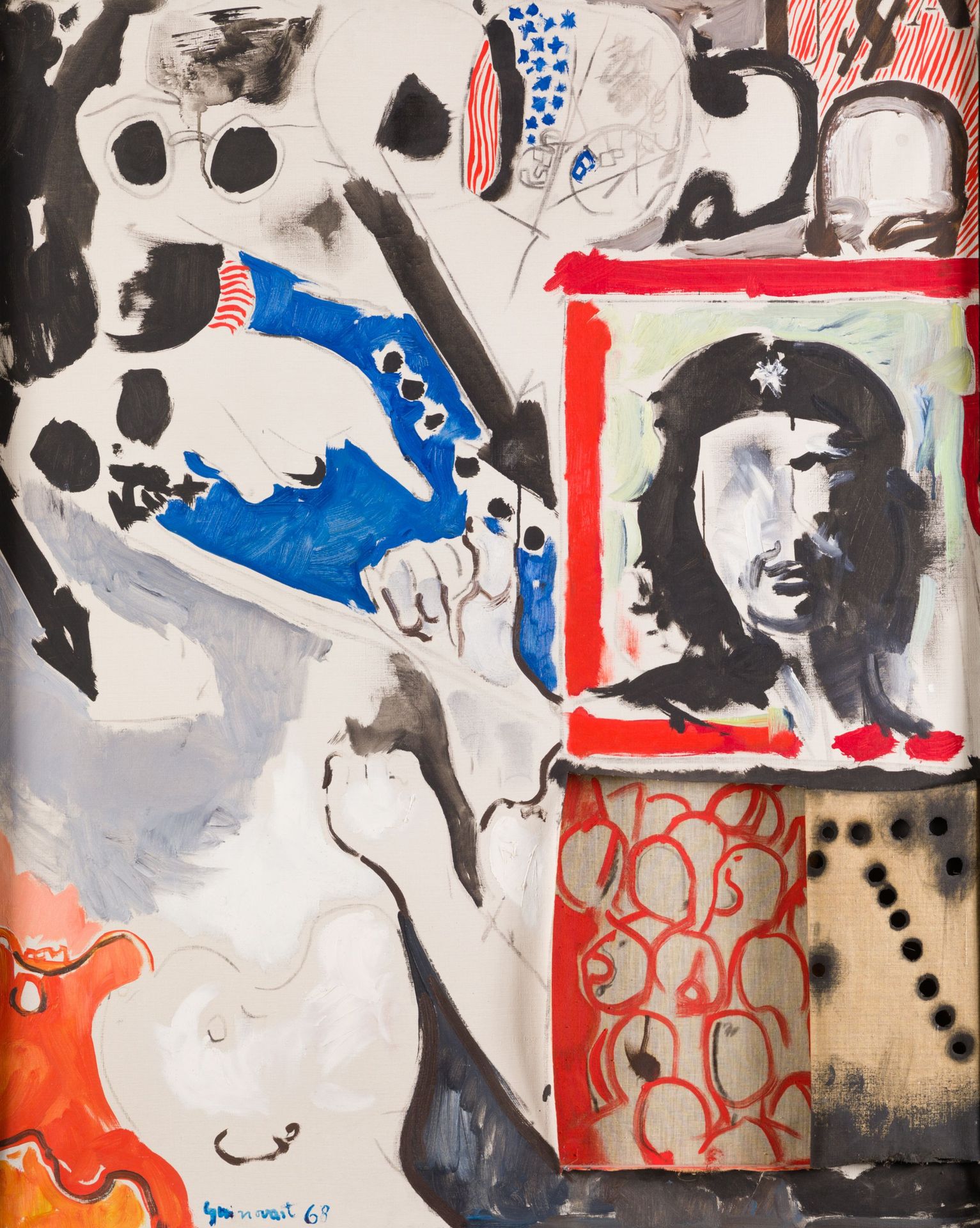Description
JOSEP GUINOVART Mixed technique on canvas Signed and dated in the lower left corner. Titled on the back. Bibliography: - JM Garrut, "Two centuries of Catalan painting", Editorial Iberico Europea de Ediciones. Measurements: 100 x 80 cm
300
JOSEP GUINOVART Mixed technique on canvas Signed and dated in the lower left corner. Titled on the back. Bibliography: - JM Garrut, "Two centuries of Catalan painting", Editorial Iberico Europea de Ediciones. Measurements: 100 x 80 cm
You may also like
